One of the oldest forms of cinema is making a comeback. We look at the history of the drive-in, and why the past is playing a big part in our present.
Many people assume that in culture, everyone looks toward the future – that the only way to be popular is to innovate, and bring fresh attractions to a public eager for the thrill of the new. In cinema, this often true – bigger screens, more comfortable seats, and new ways of enjoying the action have often driven the medium for the ticket buying public. However, recently there has been a resurgence in a style of moviegoing rooted firmly in the past: The Drive-In Cinema.
Many of us will be familiar with the drive-in from movies themselves, often being used as a location in films that are set in the 1950s, denoting a certain time and place. It’s part of the American identity, synonymous with the country’s prosperous post-war period, even though many modern Americans may have never been to one. However, a proliferation of drive-in experiences are now emerging all around the world, and that trend has only sped up with the events of the past year. So why, in a world which insists on the latest and fastest forms of entertainment, does this retro tradition seem to be making a comeback?
The Rise and Fall
The appeal of the drive-in goes back to post-war America, and came from necessity rather than design. The rising popularity of the motor car meant more people moving to rural areas, and towns were being populated faster than they could develop. Drive-in cinemas therefore became a cheap, temporary way of entertaining townsfolk while an area was still growing. The medium itself had been invested in and showcased years before, but the chance for Americans to enjoy movies in their new, comfortable cars proved irresistible.
Necessity became tradition, with the drive-in becoming most popular during the 1950s and 1960s. Car ownership became more common among young people, who could take their friends or dates to the movies in the comfort of the larger cars of that era. Customers could drive up and watch the movie while being served food directly to their car window. Depending on the night and the number of people in your car, it was a cheaper alternative to indoor cinemas that were often located in distant towns and cities. At its peak during the 1950s and 1960s, there were over 4,000 drive-in cinemas in the United States. It is so ingrained in that era that period films such as Grease, The Cider House Rules, and Once Upon A Time In Hollywood all feature scenes with drive-in movies.
“Americans of the post-war era had a passion for their cars and movies alike. The Drive-In Theater was the successful marriage of the two” wrote Shannon Bell in the academic article From Ticket Booth to Screen Tower. “It provided Americans a novel and entertaining activity that could be done with their automobile. An American family could drive to the theater, pass the ticket booth, find a perfect spot to enjoy the show, and arrive back home without ever leaving the spacious comfort of their car”. That idea of having it all was incredibly compelling to a society that had already endured so much.
The drive-in was part of a chapter where America began to grow exponentially and with a post-war baby boom felt positive about the future after years of hardship. Sadly, that success and optimism could not last. A number of factors undermined the convenience of drive-ins with a move toward city living and the fuel shortage of the 1970s, followed later by a boom in multiplex cinemas in the 1980s that gave traditional cinemas more of a focus on comfort. They were also often housed in newly-popular malls that offered a multi-destination visit, protected from unpredictable weather and could screen earlier in the day. America had moved in a different direction, and while some remained busy thanks to purists, it seemed like an outmoded, impractical form of entertainment in a world that now favoured convenience.
The Great Comeback
It’s thought that by the end of the 2000s, there were just a few hundred drive-ins left in America, ill-equipped for digital conversion and the many other advances traditional cinemas had made. It seemed like a cultural anachronism as the world moved toward an exciting technologically-driven future. Drive-ins appeared doomed to the scrap heap – along with VHS tapes and landline telephones – as a relic of the past.
However, like every great movie underdog, the drive-in wasn’t quite beaten yet, using innovation to aid its regeneration. While digital technology was difficult for static drive-in cinemas that could not afford the expense, advances in technology helped temporary screenings become more of a tradition. It was aided by the increasing popularity of pop-up events, which could take over a particular space in a city and offer a unique experience. Countries in Western Europe, where the weather may be too cold for year-round drive-ins, would now be able to bring a new dimension to their arenas with screenings of old hits and exciting new releases. Film festivals sprang up in forests in Tokyo, stately homes in the UK, and even cemeteries in Los Angeles. Digital made film mobile, with less equipment meaning more opportunities, including the return of the drive-in.
Countries that didn’t have this tradition could now enjoy the experience of the drive-in either in a local form or, in many cases, with a stylised take on 1950s Americana. Madrid boasted the biggest drive-in in Europe when Madrid Autocine RACE opened in 2017, combining the drive-in experience with exciting modern cuisine nearby to offer a new twist on the old classic. Around the same time, the Sunset Cinema Club emerged in India, which now has several locations and has thrived in the current climate. In January, Saudi Arabia’s capital Riyadh announced it would open its first drive-in cinema, titled Flash Of Riyadh, embracing a very different cultural landmark from across the globe in a society that is perhaps less influenced by American culture than some Western countries.
While this trend was gathering momentum over the past few years, it would be naïve to ignore how the past year has sped up that progress. The removal of communal gatherings since the end of 2019 has inspired a hunger for any kind of shared, collective entertainment, but with few venues that could sustain that demand safely. In certain areas across the world, drive-ins became that entertainment. Arenas realised that while no one could be under their roof, certain restrictions would allow people to be in their carpark. Thus emerged a boom in drive-in shows, showing films, stand-up comedy, and even live concerts to fans sitting safely in their cars. It may have been unlike anything the performers or venues would have expected, but in an uncertain time, the past arrived to soothe our present. Drive-in events continue to be an option for any venue that possesses a large space for cars and a need to entertain, as the world only tentatively moves back to its old routines.
Big Screen Magic
You might be wondering what it is about the drive-in that has seen such growth, despite being an outdated format in a time when all entertainment is available at the touch of a button? Well, it’s precisely that availability that has made it so unique. Think about it: most movies, shows, or events are available instantly in a way that couldn’t have been imagined at the time of the drive-in’s peak. However, when it’s no longer a challenge finding the content you want, how do you make movie watching special? By seeking out new ways to experience it.
Yes, you can watch La La Land on your phone while on a train, or your TV at home, but what about hearing Ryan Gosling sing City Of Stars while under the night sky? Your favourite horror movie can get an extra dimension of terror watching in the open air after dark. While you may be focusing on the action happening on the big screen, the scene surrounding it can add a sense of immersion. Add to that the joy of collective experience that cinema brings, and the appeal of the drive-in becomes ever clearer.
There’s also another aspect to it. Every few years, something that was considered old or out of style comes back and is appreciated by a new generation. Of course, this is most present in fashion, but also entertainment has its waves. Vinyl records have seen a surge of popularity in the last decade, while video game companies have re-released old consoles in miniature versions packed with the games of yesteryear, ready to be discovered. While these comebacks are often attributed to nostalgic older consumers, younger fans who may not have been alive when records were the industry standard are discovering a culture and feeding a nostalgia for something they never experienced. Perhaps it’s less practical, or less advanced, but there is a difference in perspective that makes it stand out.
The drive-in has a similar appeal. Many of the countries gravitating towards this new craze would only have been familiar with them through American movies, creating a kind of vicarious longing for a different time and a different place. Once that longing becomes a reality with the experience of a drive-in, the pleasure is derived from the process. Just as fans find something unique in the slow, comforting sound of a record turning, or the beeps of an 8-Bit video game soundtrack, rolling up to watch a movie puts you in a new, exciting mindset.
The Future…
There are many that suggest the drive-in cinema revival will be a passing fad, a wave of nostalgia that will be sampled once or twice by most and then discarded. While it is true that we may not see the sheer number of locations there were at its height, the evolution of the format is key to its future. Like the revolution in street food of the last few years, where artisan cookery has adapted and made itself mobile, a kind of ‘pop-up cinema’ may emerge for drive-ins, where seasonal locations mould themselves to various locations in order to offer something more bespoke. In a vast multimedia landscape, it’s no longer about being a dominant media format, but rather about having enough fans to ensure that you can exist alongside the other options.
Brick-and-mortar cinemas have themselves changed with the times, both in the films shown and the way they are exhibited. Fifties customers queueing to watch westerns or gangster movies in converted concert halls would hardly recognise the modern multiplex, where the pictures jump from the screen and the seats resemble sofas. So, too, exhibitors can improve the drive-in experience by utilising mobile technology or find a convenient solution for congested cities. It may not be something that replicates 1950s America, but we can take the best of the past and adapt it to our time and place to create that same joy of experience that compelled so many post-war families to jump into their cars and head to the movies. As we search for impactful ways of spending our leisure time, The drive-in’s revival may be here to stay.
[Opener photo courtesy Orange County Archives (flickr)]

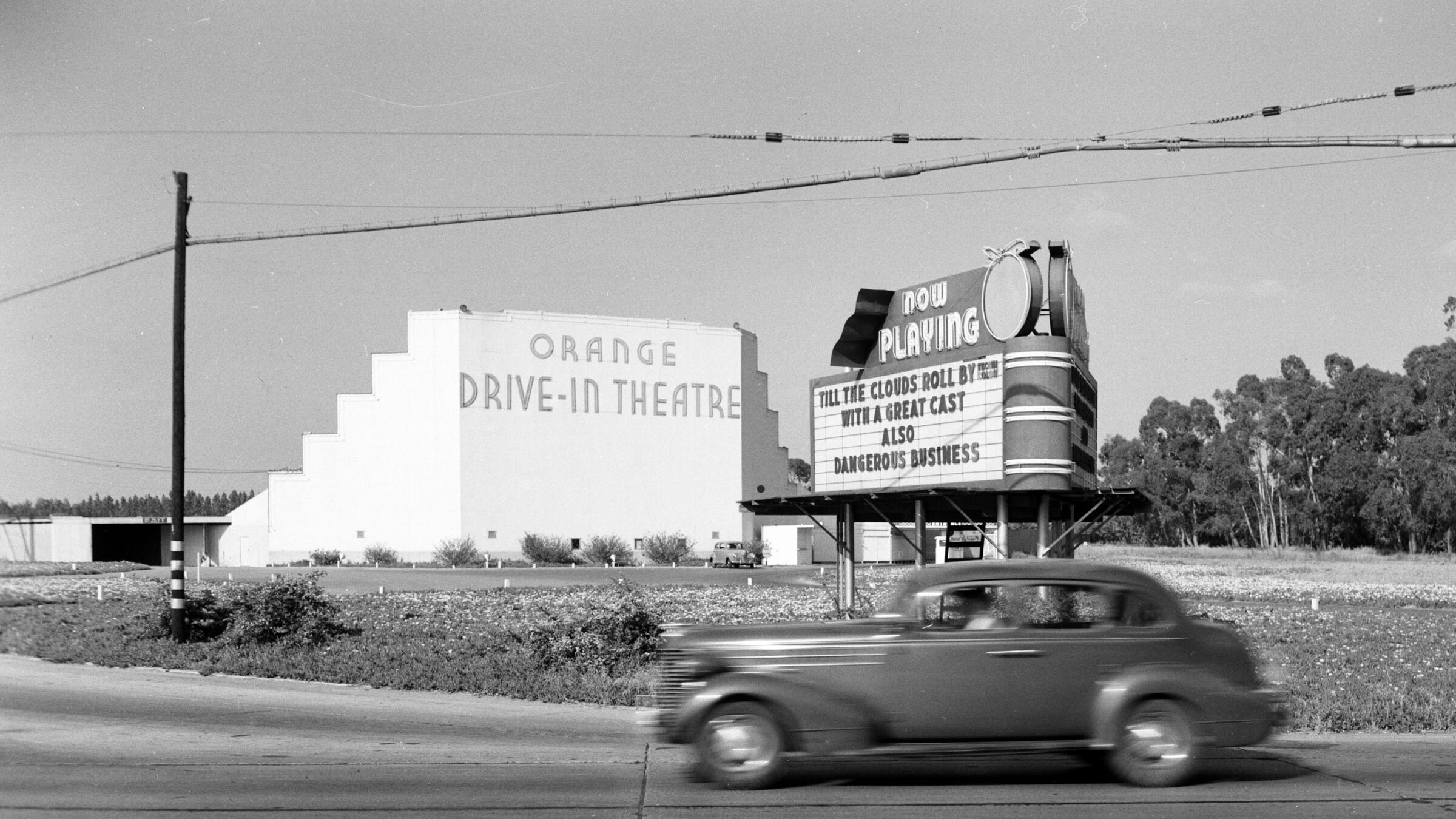




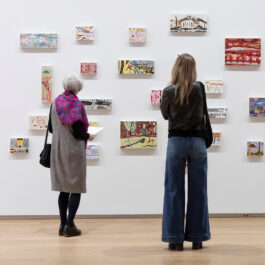

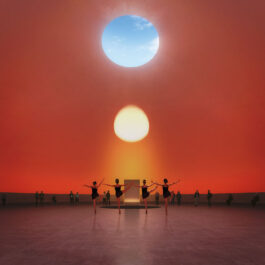
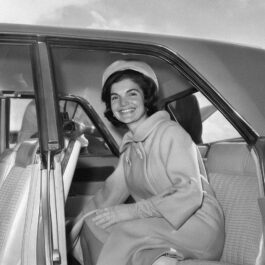
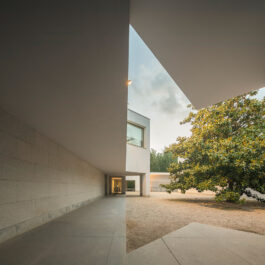

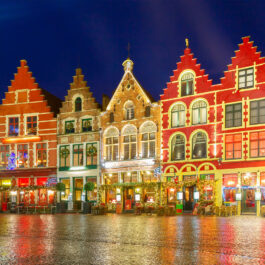

Sorry, the comment form is closed at this time.